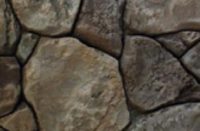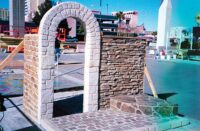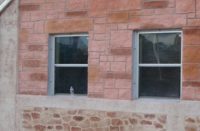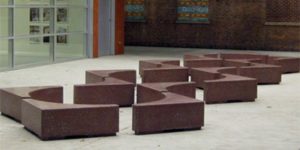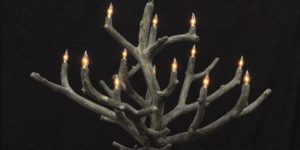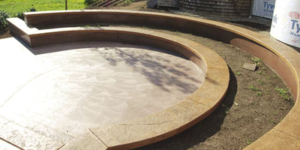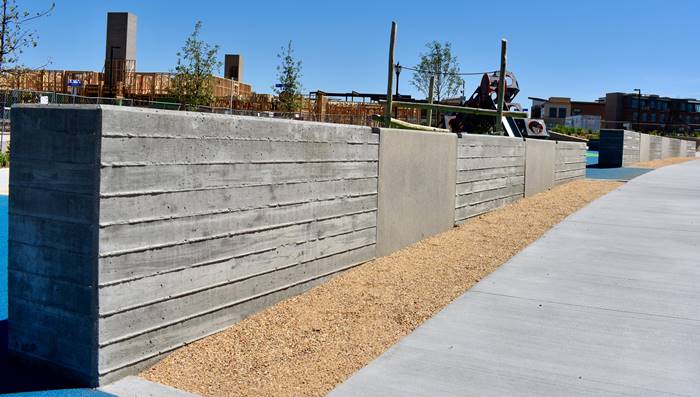
What comes to mind if I asked you to define decorative concrete? Pretty patterns, color, texture, vibrant designs?
The medium of decorative concrete is vast and exciting, which is why so many of us are drawn to it. But when we think about it, most of us usually think of flatwork. Sometimes that carries over into countertops.
But what about vertical? Are we pushing the boundaries of vertical decorative concrete the same way we push the boundaries of horizontal? For theme workers and concrete carvers, I would say yes. But for the rest of us, I think there’s great opportunity to explore the possibilities even further.
Look around the last project you did. Chances are there were some additional elements on the project that could have been decorative as well. Whether it’s as simple as a little landscaping curb or as functional as a seat wall, you could have included a little vertical flair.
Take a seat
We can go crazy with the possibilities, but let’s focus on some of the basics for adding vertical decorative elements to a project. As our baseline, let’s discuss seat walls.
Seat walls are a functional element to a project that provides permanent seating with high durability and low theft rate. But they can be more than functional. Below are three basic options for upgrading concrete seat walls:
- Smooth finish: Wait, what? How is that decorative? Hear me out. When done well, plain concrete with a nice smooth finish can have an elegant look. It also plays well into the more minimalistic or industrial design trends currently abounding. Add some clean radii and you have an elegant design feature made of decorative concrete.
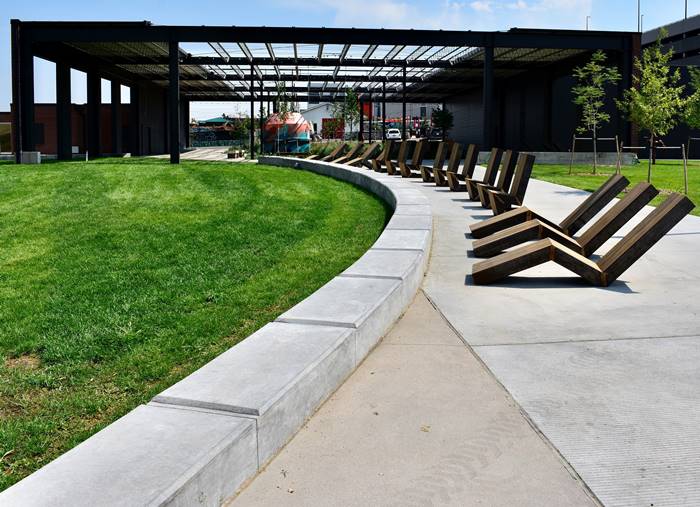
- Board-form finish: Anyone else seeing this trend popping up? You can achieve this finish by either using form liners or by using actual boards.
You can get creative with spacing and effect if you use actual boards. Form liners can give a nice crisp effect, too, but be sure you have a good form system supporting the boards and line them up properly. Recently, I’ve seen a few board-form finishes that look droopy or poorly pieced together.
I love the design flexibility actual lumber gives you. You can roughen up the boards as much as you’d like depending on the texture you’re going for. You also can vary the widths and spacing for truly unique walls.
- Sand finish: Whoa there … who said you can do sand finish vertically?! It can be done, and when it’s done well, it’s beautiful.
The height of your wall will dictate your methodology of exposing the wall. For seat walls, if you have skilled finishers, you can strip and face the walls the same way you would finish and expose flatwork. As you can imagine, this takes perfect timing. So if you’re new to this, practice before trying it on a real job.
There are also many retarders you can apply to forms and let dry. When the wet concrete hits them, they reactivate.
Finally, there’s always the sandblasting option to expose the sand.
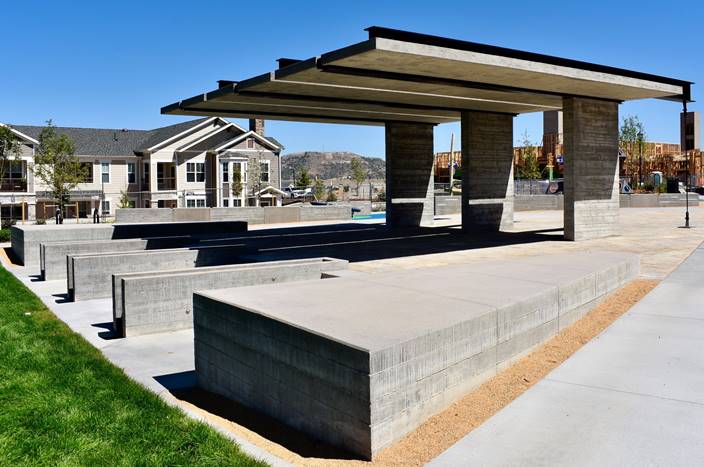
Onto the finish
To these three basic finishes — smooth, board form and sand — you can add other things to really customize your vertical concrete. You can add color, lights, reveals, caps, decorative form embeds/imprints … you name it.
As with any decorative concrete, always provide a mockup of the work to set expectations from the beginning. Walls take expert carpenters to properly form them upright. By adding finishing touches, talented concrete finishers can literally take decorative concrete to new heights and make those walls masterpieces.
